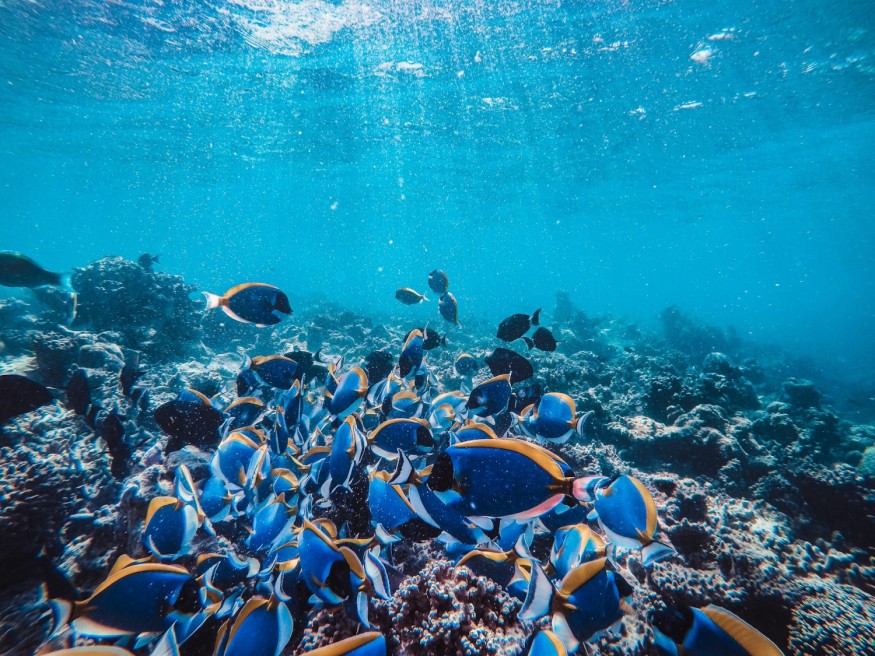Oxygen levels worldwide have decreased over the past several decades, threatening current biodiversity and ecosystems. This is according to a new report by the United Nations, which found hundreds of "dead zones" or regions where almost no marine life exists due to decreased or absence of oxygen. Amid the environmental and ecological threat, human activities have been found as a contributory factor.
The report is also based on the work of multiple scientists, in addition to previous research findings of other threats to the world's oceans such as acidification, pollution, and climate change. However, ocean oxygen loss has been found as a serious matter due to the risk of marine life mortalities, ranging from small fish to large marine mammals.
Global Ocean Oxygen

Oxygen is a chemical element crucial for the growth and survival of aerobic living organisms, including the majority of terrestrial and marine animals. Following the formation of Earth around 4.5 billion years ago, most lifeforms were anaerobic, organisms that could live without oxygen. It was until the Great Oxidation Event more than 2 billion years ago which a gave chance for oxygen-breathing organisms to evolve.
In a recent statement by the UN Educational, Scientific and Cultural Organization (UNESCO), it was determined Earth lost 2% of its global ocean oxygen since the 1960s and around 500 dead zones have been found along coastal areas of the world. UNESCO also highlighted this deoxygenation event earlier in June 2024, adding other environment-damaging phenomena like rising sea levels, ocean warming, and biodiversity loss.
Also Read: Lack Of Oxygen Will Lead to 'Death' of Most Life on Earth in Billion Years, Say Experts
Declining Oxygen Levels
In its earlier press release, UNESCO's Director-General Audrey Azoulay calls on member states of the Paris Climate Agreement to take action when it comes to marine forest restoration, in addition to protecting biodiversity reservoirs. This comes after scientists confirmed that declining oxygen levels are suffocating coastal species and caused by global warming and pollutants, including agricultural run-off and wastewater.
The decline of global ocean oxygen levels impacts different marine animals, their natural habitats, and the wider ecosystem. Based on previous studies, imbalance in oxygen levels or deoxygenation can also constrain the growth, alter the behavior, and increase the mortality of marine life. In 2023, a reported deoxygenation event along the Texas Gulf Coast resulted in the deaths of thousands of fish.
Aside from the mentioned factors, organic pollutants also lead to deoxygenation. Due to high microbial activity, pollutants in the water also release ammonia and other mineral nutrients. This means that the combination of natural factors amid the climate crisis and pollution-inducing human industrial activities can accelerate the current deoxygenation rate.
If the current trend continues, scientists are expecting a further increase of total oxygen loss in the world's oceans, unless concrete actions are taken, especially measures under the 2015 Paris Agreement led by the UN.
© 2026 NatureWorldNews.com All rights reserved. Do not reproduce without permission.





